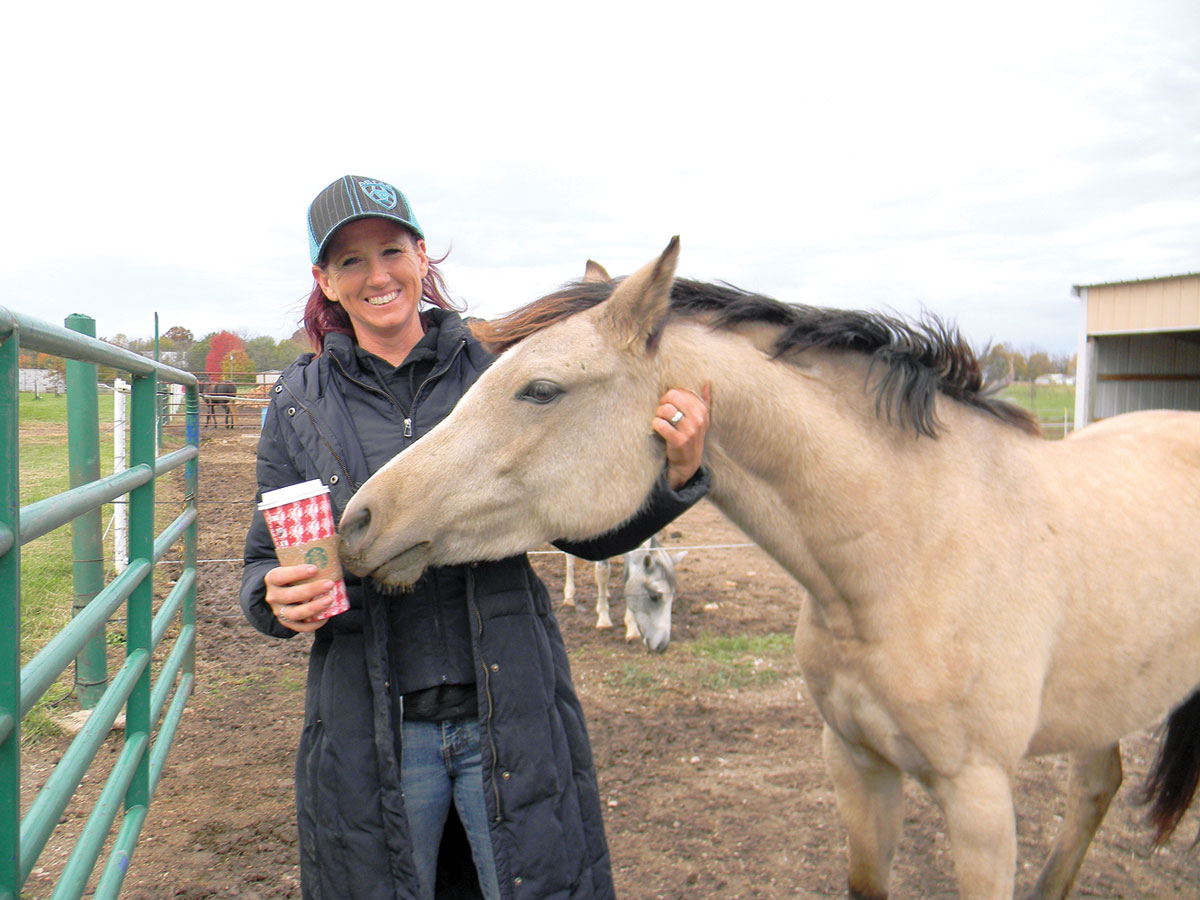
What do you do when you have a dairy with 80 cows and three breeding bulls, work full time, and can’t get everything done? You buy a robotic milking system.
Marlane Williams was raised on a dairy farm in Renick, Mo., and began working on the farm at a young age
“My mom taught me to milk at 8, an important mother-daughter bonding because I loved cows and felt I was doing something important,” she said.
By age 12, Marlane did the afternoon milking by herself and dairy farming was hand-written on to her soul.
Marlane wanted to run a dairy in Florida, but ended up feeding calves because the new minimum number of cows for a small dairy in Florida was larger than she wanted to work with.
Marlane, who works at a skilled and long-term care facility as an administrator, then returned to Missouri, buying her farm in Pierce City, Mo., in 2002.
She started her Missouri herd with eight cows in a Grade C dairy, where milk is used for further processing such as cheese and yogurt. Dairy Farmers of America purchased the milk.
In 2008, she upgraded to a Grade A dairy with 60 cows.
She first tried doing it by herself, but had to milk before she went to work and when she came home. She spent about five hours a day milking, doing chores, repairs and general maintenance.
“I worked 20-hour days on weekends and had almost no sleep during the week,” Marland recalled. “I tried hiring milkers for the morning shift and still only got four to six hours sleep a night.”
Marlane had been going to conventions and seminars and had heard about robotic milkers for years. She investigated the three available companies and settled on Lely because they had the most advanced technology with a life expectancy of 20 years. Payout typically takes seven years with important immediate cost-saving factors being not having to pay for hired help, greater milk production and lower feed costs.
Though Marlane performs most milker maintenance and repairs herself, having help 45 minutes away in the form of a certified expert with a dairy supply company was and is essential because milking can’t wait. Nonetheless, Missouri has only two dairies with robotic milkers.
One robotic milker can handle 60 cows with a 10 percent free time buffer in a 24-hour period to prevent backups. Cows are allowed access any time during the day or night.
The cows self select when they need to milk. They milk an average of three times per day with just freshened cows milking more often than those ready to dry up less frequently. The entire system is computerized and updated within itself responding individually to each cow according to information and parameters entered by Marlane.
“How much daily time I spend on the computer is totally up to me,” she said. “I can spend as little as 10 or 15 minutes or as much as several hours, depending upon the information I want to study, not what I need to enter.”
Each cow wears a responder read by the computer when she enters the milker. Each cow has a predetermined amount of 16 percent protein dairy feed per day, which is based upon individual milk production and is offered to the cow while she milks. That amount is then weighed and recorded so that when the cow reenters, she gets exactly what she is allowed. To ensure that she doesn’t return to the milker simply to eat again, she is restricted in how soon feed will be offered to her. Further, if for any reason, such as being in the colostrum phase or having been treated, her milk is automatically separated from the rest of the herd and entered into separate tanks. The responder even keeps track of how much time cows spend ruminating and how much time resting.
Because the robotic milker “feels” exactly the same every time, no adjustment is needed to different human hands. However, this does not mean the cows lack human contact.
When Marlane wanted to demonstrate how the robotic milker worked, she simply walked out and had two cows voluntarily follow her back to the milking station. She moves in and out of her cows with ease viewing each as a separate individual needing and wanting her attention.
Though Marlane has been running a robotic dairy only since March, she can already see the difference. She now spends an hour and a half in the morning in an hour and a half in the evening for chores with more time to get caught up on spraying weeds and pastures, brush hogging, animal health and fencing.
“Hopefully I will soon have time to make butter and cheese, and raise chickens again,” she said.
Because Marlane’s dairy is only 82 acres with two more leased pastures for young stock, she buys most of her hay preferring alfalfa and good-quality Bermuda. Marlane said, “Though Bermuda is not as high in protein as alfalfa, the cows prefer it because it is softer.”
She does hay a small area on shares where she keeps her heifers. While her pastures are mostly fescue with some Bermuda and clover, she is hoping to now have time to over-seed more in the future.







